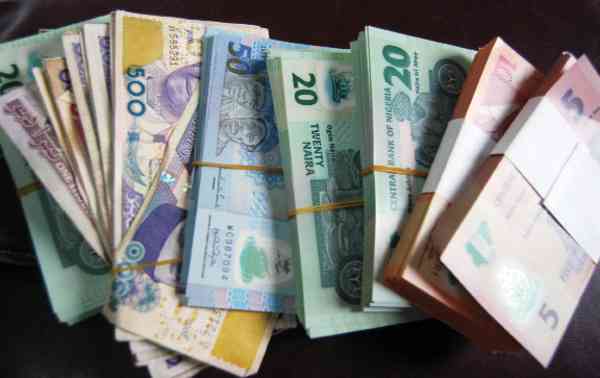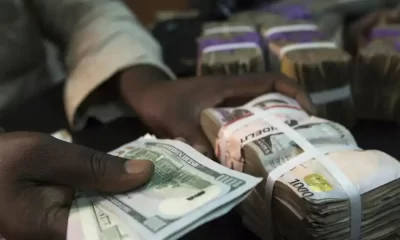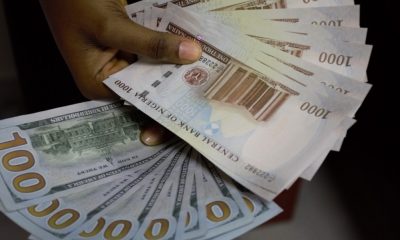At the black market where forex is traded unofficially, the Naira depreciated by N2 to a dollar to close at N472 to a dollar on Monday, according to information from Aboki FX a prominent FX tracking website.
This is against the N470 to a dollar that it exchanged on Friday last week. An Independent check shows that the exchange rate sold as high as N473/$1 according to the FX tracker.
The Naira remained stable against the dollar at the Investors and Exporters (I&E) window on Monday, closing at N388.50/$1, this was the same rate that was reported on Friday, July 17. The opening indicative rate was N388.40 to a dollar on Monday.
This represents a 33 kobo drop when compared to the N388.07 to a dollar that was recorded on Friday. The exchange rate disparity between the official NAFEX rate and back market rate widened on Monday and is now a whopping N84.
Meanwhile, forex turnover at the Investor and Exporters (I&E) window recorded an increase on Monday, July 20, 2020, as it gained 4.5% day on day.
According to available data, forex turnover increased from $37.04 million on Thursday, July 16, 2020, to $38.72 million on Friday, July 17, 2020. The low turnover which has still persisted, reaffirms the scarcity of dollars and also an indication of the liquidity pressure in the foreign exchange market.
This is reflected in the non-improvement in exchange rate. The turnover also falls short of $200 million recorded at major trading days during the last few weeks.
An analyst at Investment one, Douye Mac-Yoroki, said, ‘’A lot of the challenges right now are due to a shortfall in liquidity. The Central Bank is holding on to as much dollars as it can, given that inflows are not coming the way they did previously. Customers who can’t obtain dollars from the Central Bank or other official sources are being forced into the parallel market, pushing the rate higher.’’
The low forex inflow is primarily due to low remittances and low oil prices (which accounts for about 90% of the country’s foreign exchange earnings) triggered by the coronavirus pandemic. This is also compounded by the suspension of sales of foreign exchange to Bureau De Change (BDCs) operators.

 Comments and Issues2 days ago
Comments and Issues2 days ago
 Business6 days ago
Business6 days ago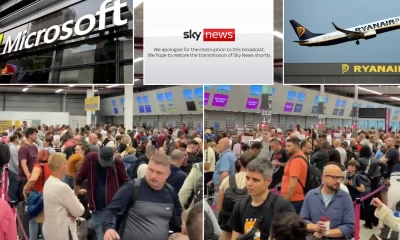
 Business1 week ago
Business1 week ago
 Business1 week ago
Business1 week ago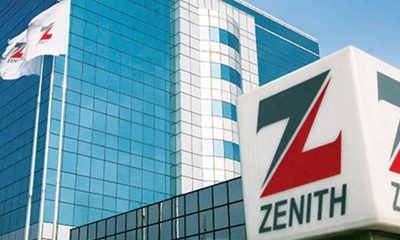
 Business5 days ago
Business5 days ago
 Comments and Issues5 days ago
Comments and Issues5 days ago
 Education7 days ago
Education7 days ago
 News6 days ago
News6 days ago
